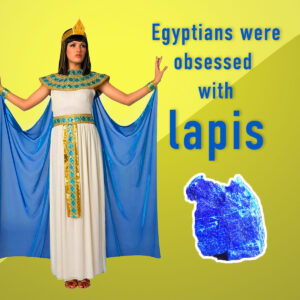

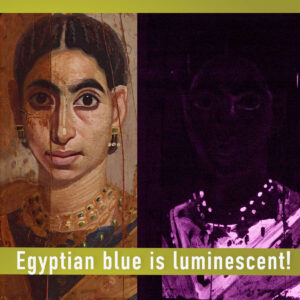
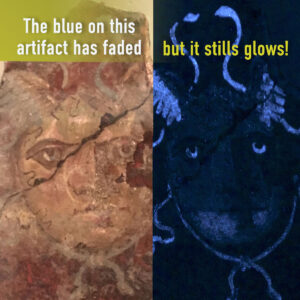
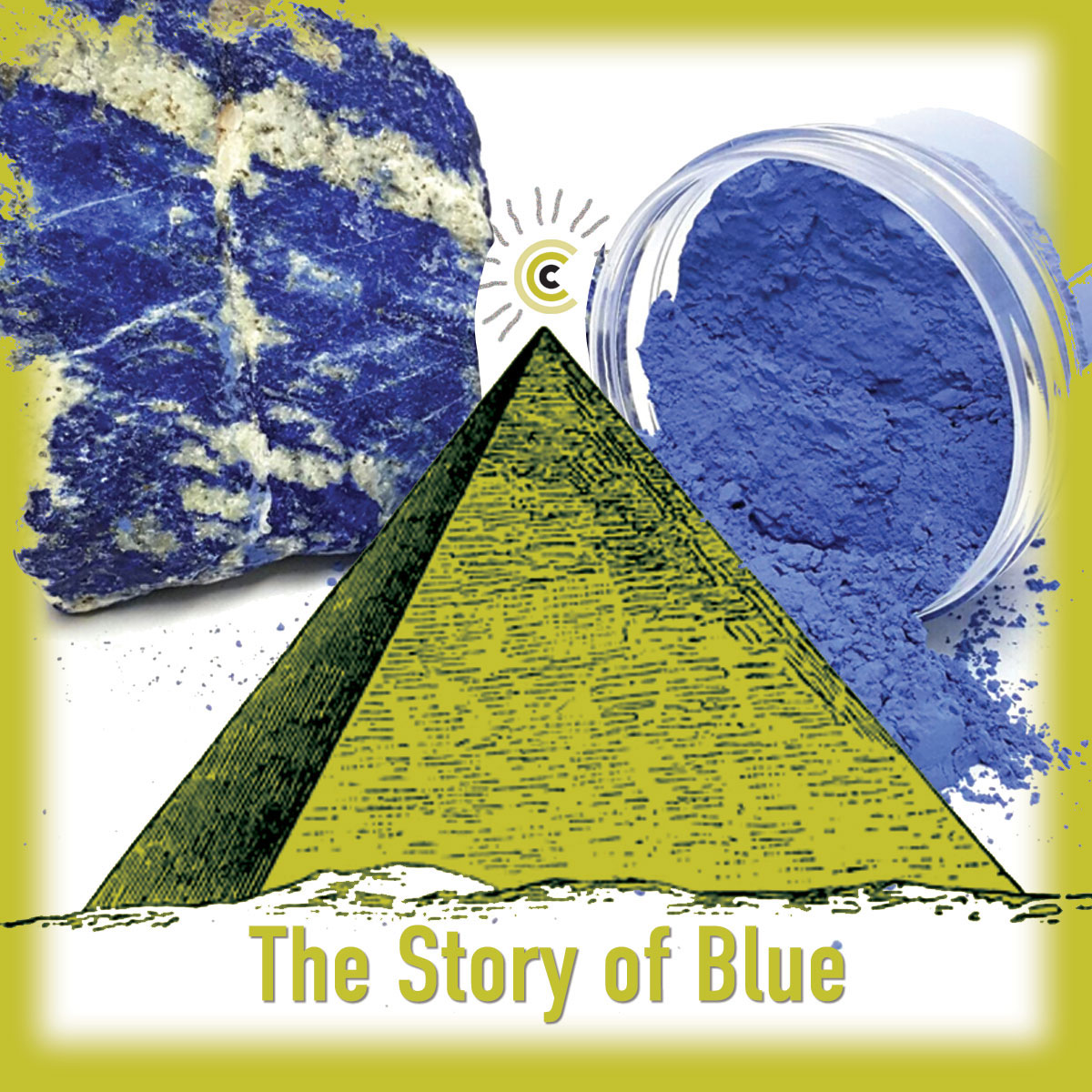
If you’ve been following my color stories, you know I’ve already shared the story of red and the story of yellow. So then it makes sense that my next color story should be…Blue!
That’s because most of us know blue as the third primary color. We’ve all been taught that Red, Yellow and Blue can be mixed together to make any other color.
Well it’s actually cyan, magenta and yellow (with black) that can be mixed together to make unlimited colors. Not the classic red, yellow blue that we think of, but a variation of those classics.
The birth of Blue
About 6,000 years ago, Lapis, a semiprecious stone mined in Afghanistan, became highly prized among the Egyptians. They loved the bright blue color of this mineral. They used chemistry to combine the rare lapis with other ingredients, such as calcium and limestone, and created saturated blue pigments used for painting and clothing. It was at this time that an Egyptian word for "blue" emerged.
In 2009 it was discovered that true “Egyptian Blue” is luminescent! The luminescence is so strong that even when no blue color is visible to the naked eye, tiny amounts of Egyptian blue will glow.
This fascinating discovery provides a non-destructive way for art historians to prove authenticity of artifacts. It also opens the door for an alternative to the expensive compounds currently used in security inks.
What Emotion Does Blue Evoke?
Uniforms for Law Enforcement and the Navy wear darker shades of blue to project trust, security and stability. With strong, positive attributes like that, it makes sense that many information and financial brands ( American Express, IBM, Twitter ) also use a darker shade of blue for their brand.
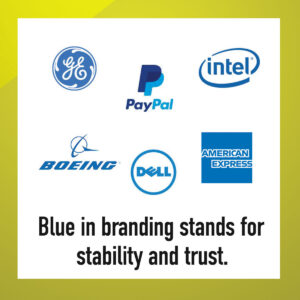
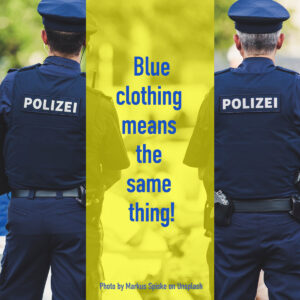
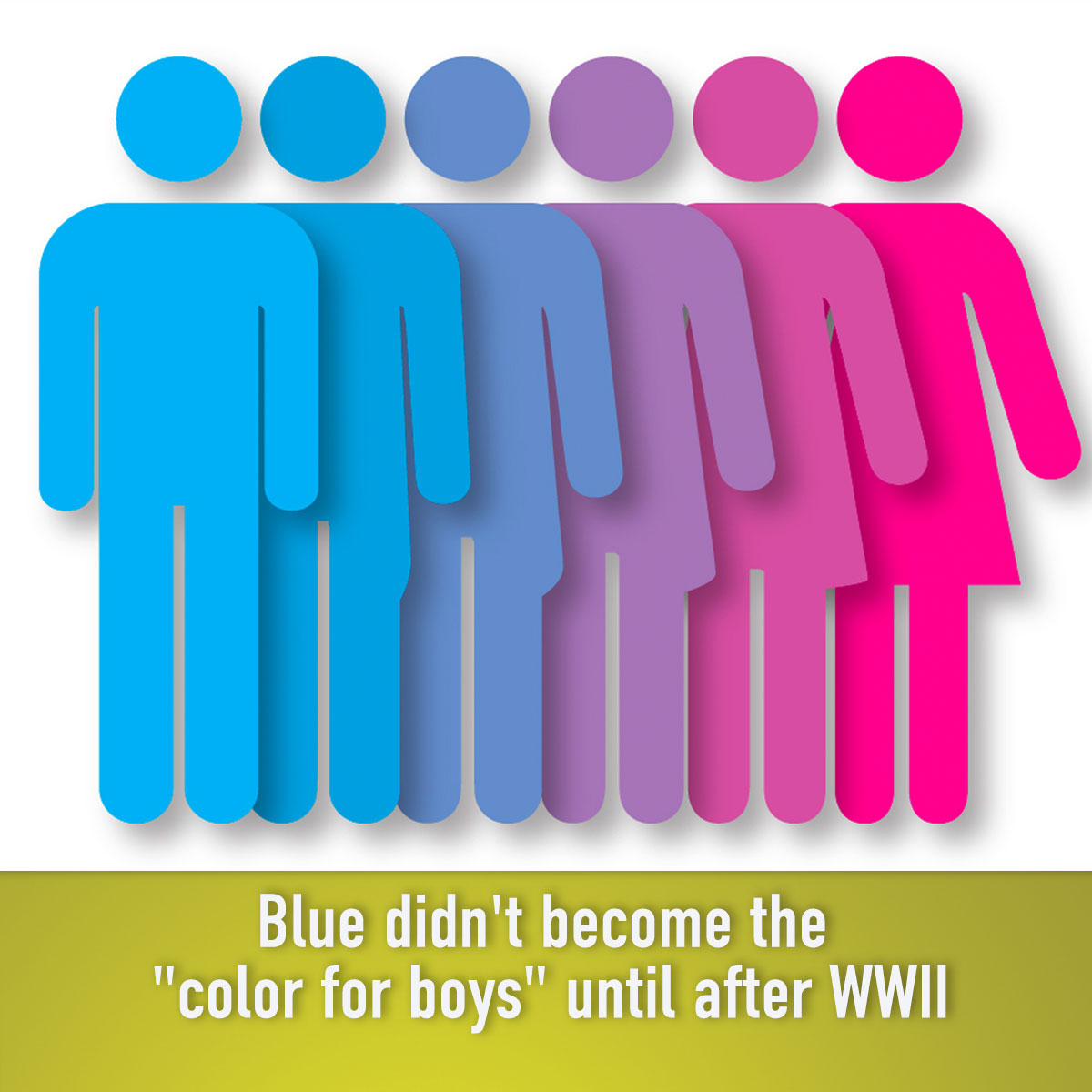
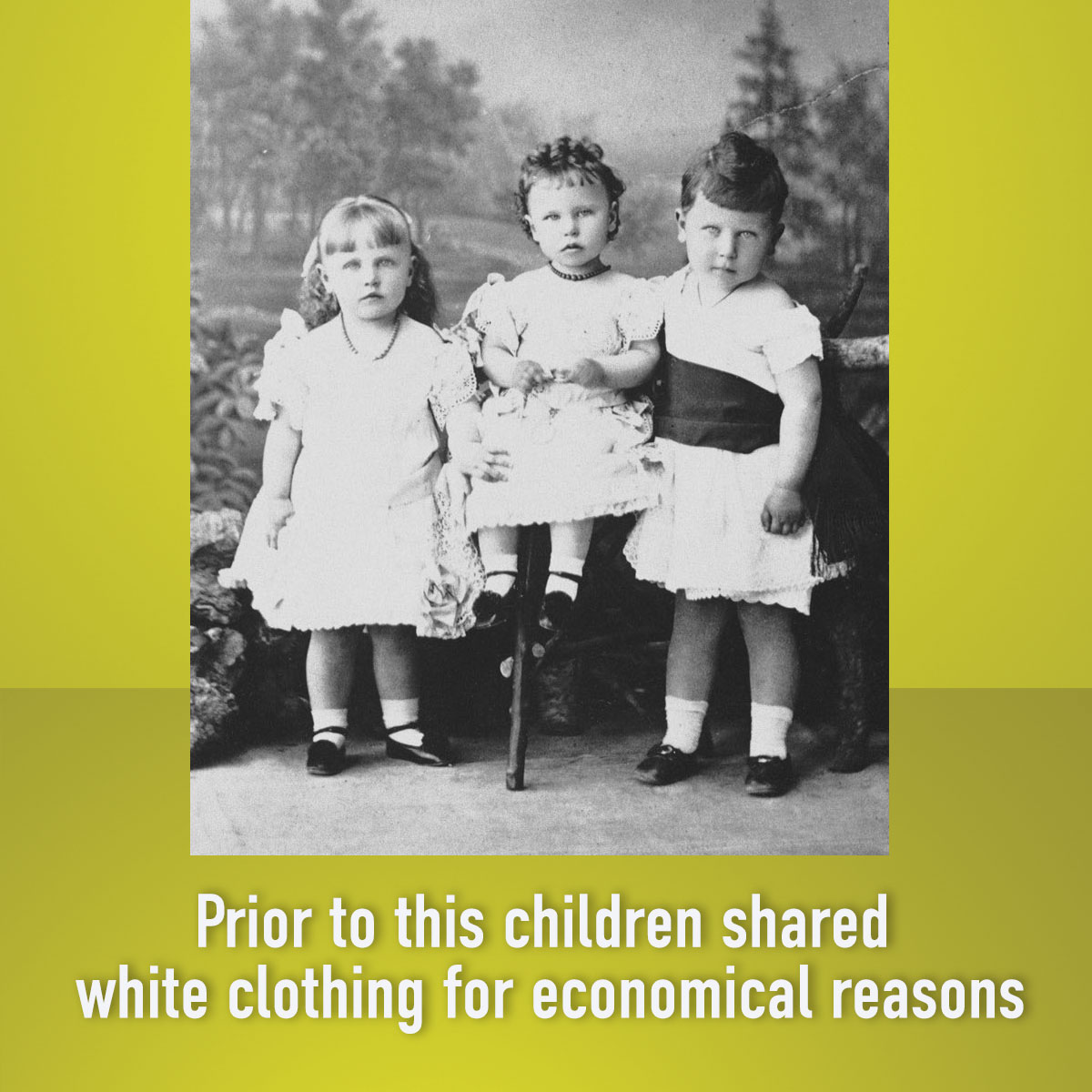
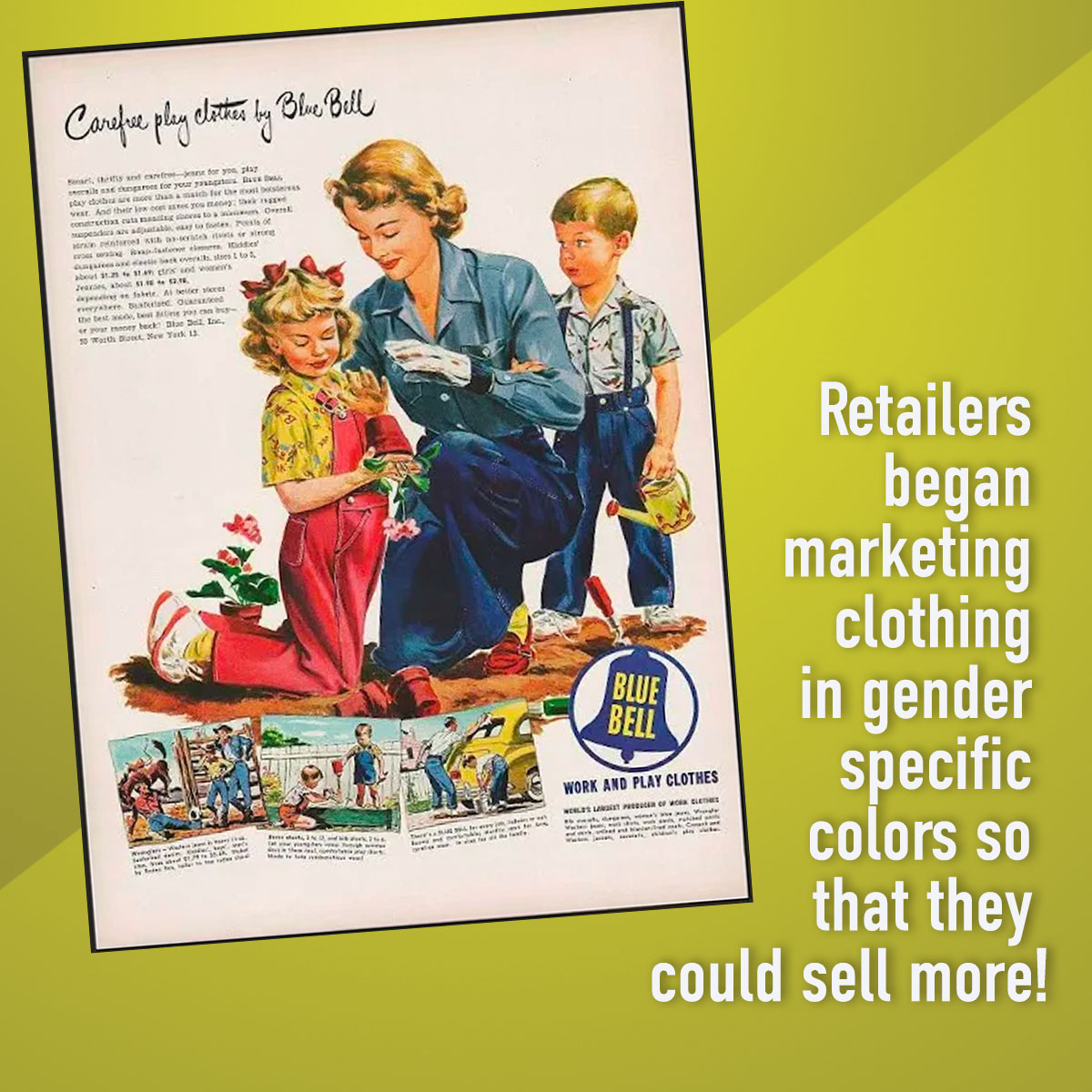
Blue is for Boys
Did you know that there was no gender specific color at the turn of the century? Most children wore white clothing, which was easier to keep clean by bleaching. Gradually blue became associated with boy over the 20th century, although initially pink was thought to be the stronger color and therefore linked to boys.
With the baby boom of post World War II, retailers seized the opportunity to sell gender specific baby items. Major retailers such as Filenes and Bloomingdales realized they could sell more if some were distinctly for boys, and others were distinctly for girls, rather than clothes that could be used for both genders.
So after decades of flip flopping with color gender assignment, it was the marketing industry that decided blue would be for boys and pink for girls.
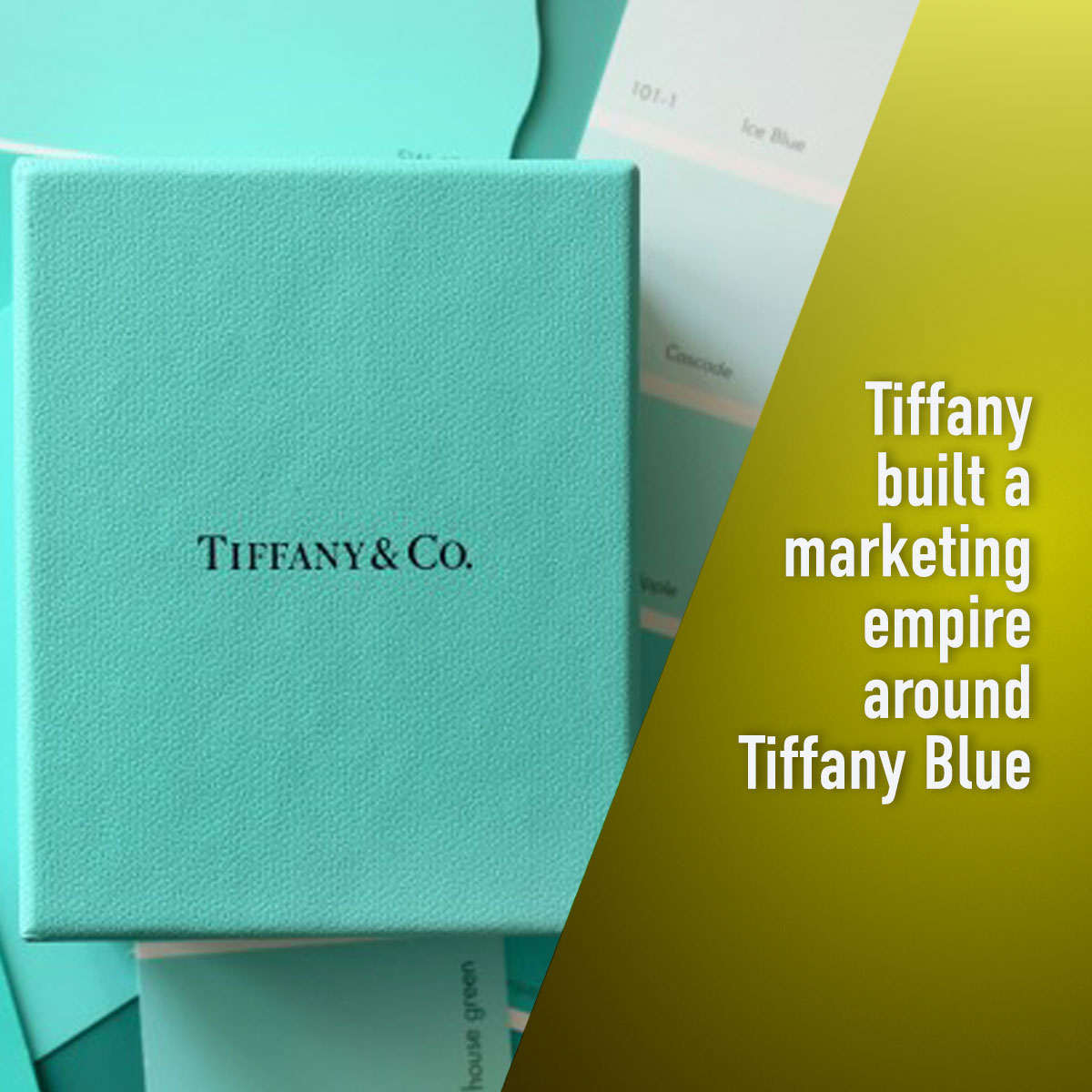
Blue used in Marketing
This story would not be complete without a mention of the robins egg color Tiffany blue (or is it green?). Trademarked in 1845, it is thought that Charles Lewis Tiffany picked this color due to the popularity of turquoise in the Victorian times. It may be called Tiffany blue, but some say it’s really green.

I’ve always been in love with this particular shade of blueish-green, so I did a version of my logo in tiffany blue! As pretty as this color is, it doesn’t represent my brand promise is. (that is, my work will bring attention to your brand).

I also tried a darker blue, because it certainly wouldn’t be a bad thing for Carrie Coren Design to be associated with trust, security and stability! Those certainly are qualities you want in the person with the log ins to your website, right?
I love educating you about the power of colors. I use my color skills to create emotions, get attention and direct the viewer through the layouts I create.
Get in touch with me at carrie@carriecoren.com for a free consultation.

